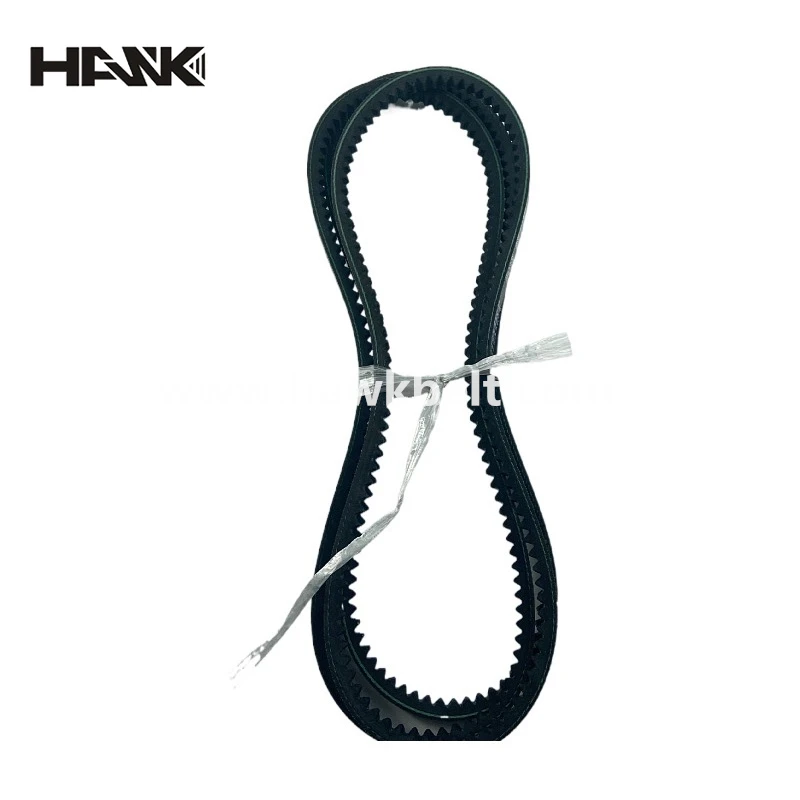- Arabic
- French
- Russian
- Spanish
- Portuguese
- Turkish
- Armenian
- English
- Albanian
- Amharic
- Azerbaijani
- Basque
- Belarusian
- Bengali
- Bosnian
- Bulgarian
- Catalan
- Cebuano
- Corsican
- Croatian
- Czech
- Danish
- Dutch
- Afrikaans
- Esperanto
- Estonian
- Finnish
- Frisian
- Galician
- Georgian
- German
- Greek
- Gujarati
- Haitian Creole
- hausa
- hawaiian
- Hebrew
- Hindi
- Miao
- Hungarian
- Icelandic
- igbo
- Indonesian
- irish
- Italian
- Japanese
- Javanese
- Kannada
- kazakh
- Khmer
- Rwandese
- Korean
- Kurdish
- Kyrgyz
- Lao
- Latin
- Latvian
- Lithuanian
- Luxembourgish
- Macedonian
- Malgashi
- Malay
- Malayalam
- Maltese
- Maori
- Marathi
- Mongolian
- Myanmar
- Nepali
- Norwegian
- Norwegian
- Occitan
- Pashto
- Persian
- Polish
- Punjabi
- Romanian
- Samoan
- Scottish Gaelic
- Serbian
- Sesotho
- Shona
- Sindhi
- Sinhala
- Slovak
- Slovenian
- Somali
- Sundanese
- Swahili
- Swedish
- Tagalog
- Tajik
- Tamil
- Tatar
- Telugu
- Thai
- Turkmen
- Ukrainian
- Urdu
- Uighur
- Uzbek
- Vietnamese
- Welsh
- Bantu
- Yiddish
- Yoruba
- Zulu
Gus . 15, 2024 14:31 Back to list
Exploring the Role of the Transmission Belt in Mechanical Systems and Engineering Applications
The Transmission Belt A Key Element in Mechanical Systems
The transmission belt is a crucial component in various mechanical systems and machines. Its primary function is to transmit power between different parts of a machine while ensuring efficiency and reliability. This seemingly simple mechanism plays an integral role in various industries, from automotive to manufacturing, and understanding its design and function is essential for engineers and technicians alike.
At its core, a transmission belt is a flexible loop made of various materials, including rubber, fabric, or even metal. The belt typically runs around pulleys or sprockets, which are driven either by an engine or an electric motor. The motion generated by these power sources is conveyed through the belt, allowing it to transfer torque and motion from one component to another. This mechanism is commonly employed in applications such as car engines, conveyor systems, and even in home appliances like washing machines and food processors.
The Transmission Belt A Key Element in Mechanical Systems
However, the effectiveness of a transmission belt depends on several factors, including proper tension, alignment, and the condition of the belt itself. A belt that is too loose can slip, leading to insufficient power transfer and potential damage to the machine. Conversely, excessive tension can cause premature wear or even breakage. Regular maintenance and inspection are, therefore, critical to ensuring longevity and optimal performance.
transmissian belt

Material selection is also vital in the design of transmission belts. For instance, rubber belts are commonly used due to their flexibility and resilience, while reinforced belts made with fabrics or fibers can handle higher loads and reduce stretching over time. Furthermore, advancements in technology have led to the development of specialized belts designed for specific environments, such as high-temperature or corrosive conditions.
The application of transmission belts extends beyond simple power transmission. In automation and manufacturing processes, timing belts—designed with precision teeth—ensure that connected components maintain synchronization, which is critical for systems requiring exact timing, such as in robotics or assembly lines. Additionally, belts can also contribute to the overall efficiency of machinery by reducing vibration and noise, leading to a smoother operation.
As industries evolve, the design and technology surrounding transmission belts are also advancing. The integration of smart technologies, such as sensors to monitor belt tension and wear, is becoming increasingly prevalent. This allows for predictive maintenance, reducing downtime and improving overall operational efficiency. Furthermore, the push towards sustainability has prompted manufacturers to explore eco-friendly materials and production processes in the creation of transmission belts.
In conclusion, the transmission belt is an essential and versatile component in mechanical systems. Its ability to efficiently transfer power, adapt to varying conditions, and enhance the performance of machines makes it invaluable across numerous industries. As technology continues to advance, the future of transmission belts looks promising, paving the way for innovations that will further improve their functionality and sustainability in a rapidly changing world.
-
Korean Auto Parts Timing Belt 24312-37500 For Hyundai/Kia
NewsMar.07,2025
-
7PK2300 90916-T2024 RIBBED BELT POLY V BELT PK BELT
NewsMar.07,2025
-
Chinese Auto Belt Factory 310-2M-22 For BMW/Mercedes-Benz
NewsMar.07,2025
-
Chinese Auto Belt Factory 310-2M-22 For BMW/Mercedes-Benz
NewsMar.07,2025
-
90916-02660 PK Belt 6PK1680 For Toyota
NewsMar.07,2025
-
drive belt serpentine belt
NewsMar.07,2025

